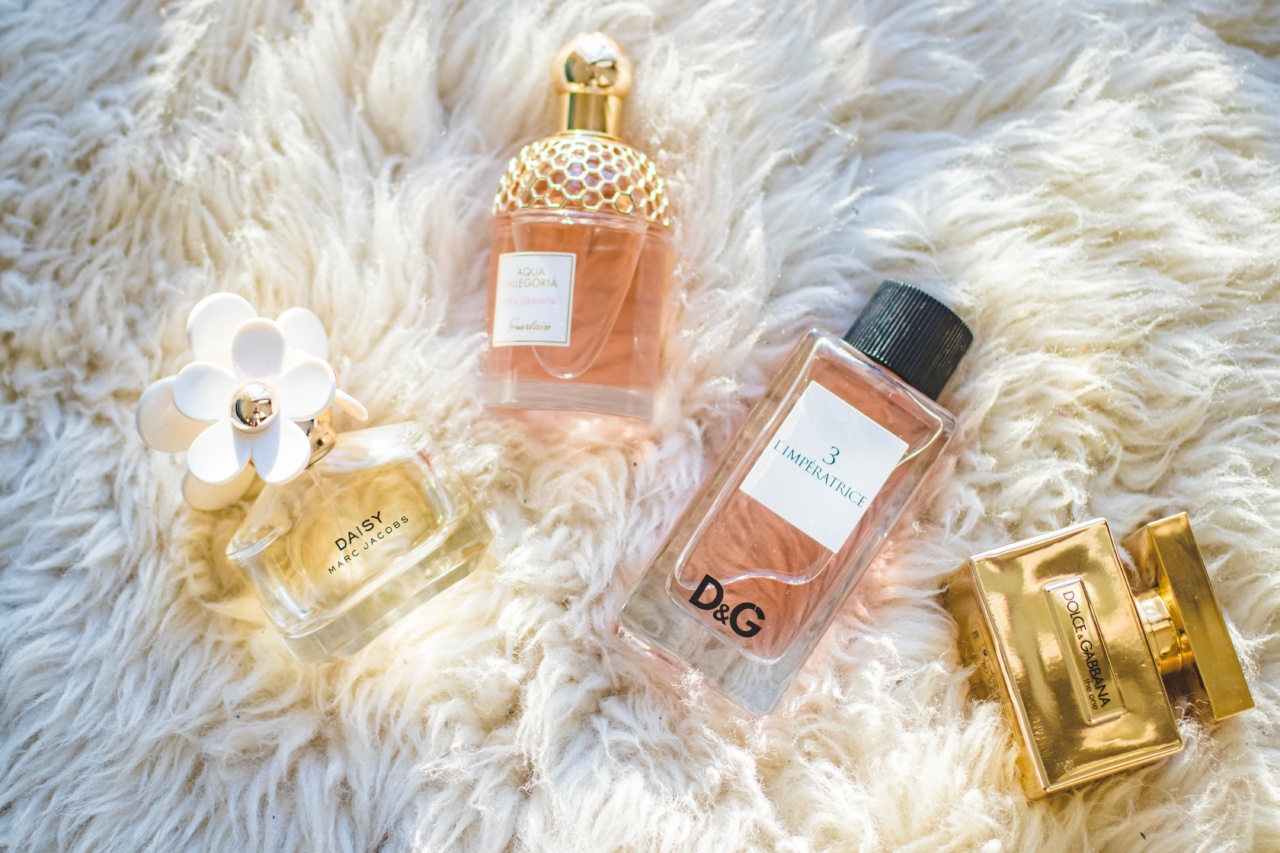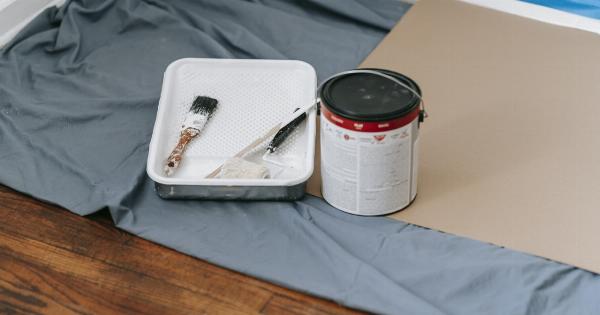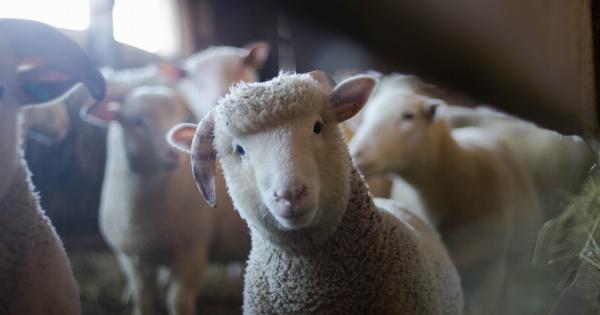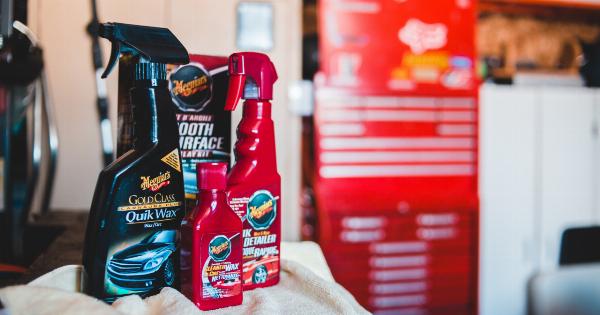Having a shaggy fur can be quite adorable on our furry friends, whether it’s a cuddly cat or a lovable dog. However, beneath that thick coat lies a hidden world of potential problems.
Maintaining proper grooming habits is crucial to keep your pet healthy and comfortable. In this article, we will explore the various causes of issues that can arise in shaggy fur and discuss effective treatments to address them.
Fleas and Parasites
One common problem that can be hiding in your pet’s shaggy fur is fleas and other parasites. These tiny pests can easily find their way into your pet’s coat and cause irritation, itching, and even more serious health issues.
Regular grooming and preventative treatment are essential to keep fleas at bay. Consult with your veterinarian to choose the most suitable flea control products for your pet.
Matting and Tangles
Long-haired pets are prone to matting and tangles, especially if their fur isn’t adequately brushed and maintained. Mats can form quickly, trapping debris, moisture, and even pests close to the skin.
Untreated matting can lead to skin infections, painful pulling of hair, or even restrict movement. Regular brushing and grooming sessions are necessary to prevent matting and keep your pet’s fur healthy and tangle-free.
Hot Spots and Skin Infections
Shaggy fur can create warm and damp environments on your pet’s skin, increasing the likelihood of developing hot spots. Hot spots are areas of inflamed, moist, and irritated skin that can be painful for your pet.
These spots often require veterinary attention, including topical treatments and antibiotics if there is an infection. Maintaining proper grooming practices and providing your pet with a well-ventilated living space can help prevent hot spots and skin infections.
Allergies and Skin Sensitivities
Just like humans, pets can suffer from allergies and skin sensitivities. Shaggy fur can trap allergens, such as pollen or dust mites, close to your pet’s skin, leading to allergic reactions.
Itchiness, redness, and recurrent ear infections are common signs of allergies. Consult with your veterinarian to determine the triggers and the most appropriate treatment plan, including the use of medicated shampoos, antihistamines, and possibly dietary changes.
Foreign Objects and Debris
Inquisitive pets with shaggy fur are prone to getting foreign objects and debris tangled in their coat. Twigs, burrs, or even small pebbles can cause discomfort and potential injury if not promptly removed.
Take the time to check your pet’s fur regularly, especially after outdoor excursions, and carefully remove any foreign objects to prevent irritation or damage to the skin.
How to Properly Groom a Shaggy Coat
Proper grooming is vital for pets with shaggy fur. Below are some essential tips to keep your pet’s coat healthy:.
Regular Brushing
Invest in a high-quality brush or comb suitable for your pet’s particular coat type. Regular brushing helps remove loose hairs, prevents matting, and distributes natural oils, keeping the coat shiny and healthy.
Bathing
Bathing your pet regularly helps remove dirt, debris, and allergens from their fur. Use gentle animal-specific shampoos and conditioners to keep their coat clean and minimize the risk of skin irritation.
Trimming
Trimming your pet’s hair, especially around sensitive areas like the eyes and paws, can help prevent matting and reduce the chance of debris getting caught in the fur.
Seek assistance from a professional groomer if you’re unsure how to safely trim your pet.
Ears and Eyes Care
Shaggy fur can lead to increased moisture in your pet’s ears, making them more susceptible to infections. Regularly check their ears for redness, swelling, or an unpleasant odor.
Additionally, keeping the hair around their eyes trimmed can prevent irritation and possible eye infections.
Professional Grooming
Consider taking your pet to a professional groomer for regular grooming sessions, especially if their coat requires intricate trimming or if they have difficulty staying still during grooming.
Professional groomers have the expertise to maintain your pet’s coat and ensure their overall well-being.
Conclusion
While shaggy fur can be charming, it also presents potential problems for our furry companions. Regular grooming, including brushing, bathing, and trimming, is crucial for maintaining your pet’s coat and overall health.
By staying vigilant and providing proper care, you can ensure your pet’s fur remains a beautiful, healthy, and comfortable asset.





























